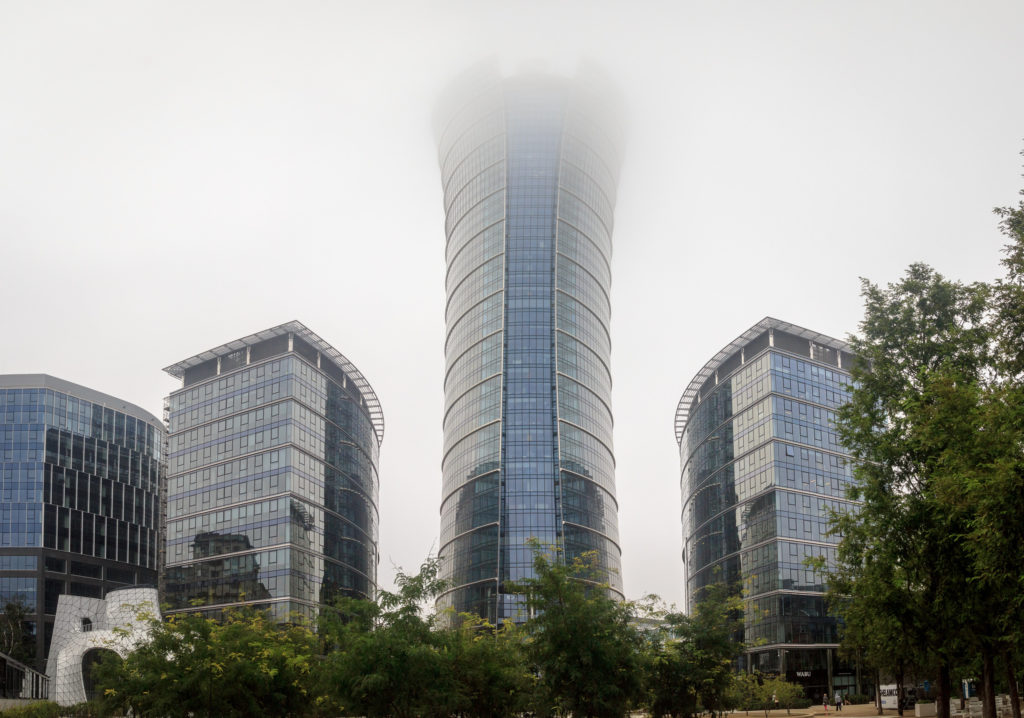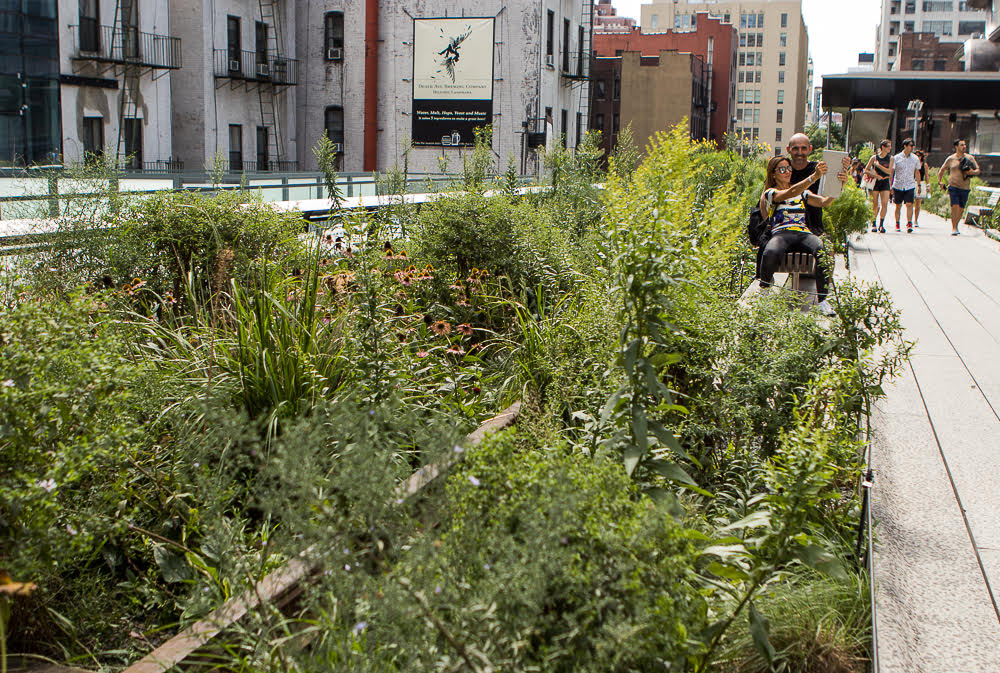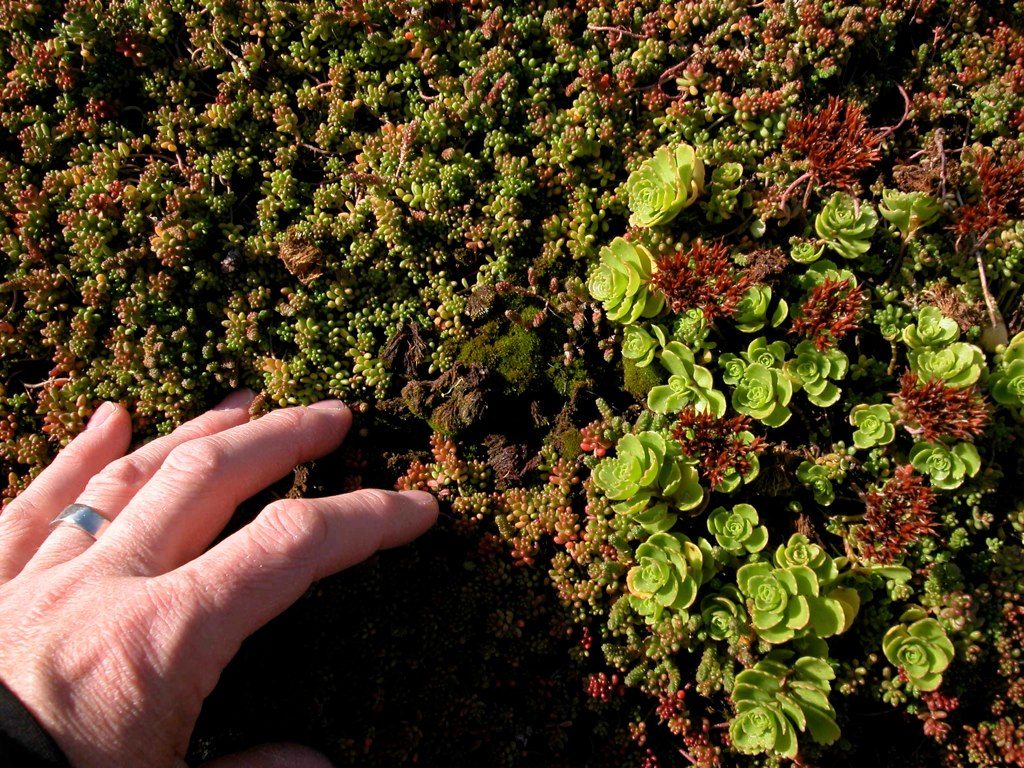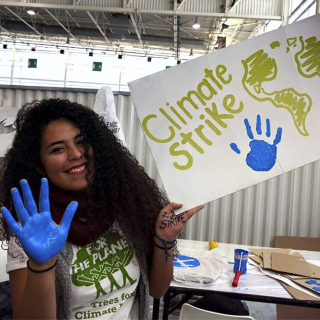Underneath a dense, soothing tree crown, protected from the heat, our feeling is that life is a bit gentler. Urban areas tend to be warmer than rural ones, a side effect of exchanging vegetation for materials that store and reflect heat such as asphalt, stone, steel and glass. Glazed buildings act like mirrors reflecting the sun’s rays back onto the surrounding cityscape. Some experts even advocate that that governments mandate a more sparing use of such materials so as not to intensify these heat islands.
Urbanization also leads to waterproofing of the soil and river pipeline. Substituting grass and trees for asphalt and glass results in less evaporation, and evaporation is a crucial cooling process in the countryside. In areas where there are forests, the temperature difference between the urban and rural areas exceeds 3ºC/37.4ºF, according to a study by NASA (the US space agency) in 2015. In São Paulo, an analysis by the geographer Hugo Rogério Barros found differences greater than 8°C/46.4ºF (on the same day and time) between arid places and those with abundant forestation.
The good news is that even in an urban environment, there are several ways to cool our microclimate at home and in the neighborhood, purify and humidify the air and help both people and the planet.

Glazed buildings act like mirrors reflecting the sun’s rays to the surrounding area, creating islands of heat (Michał Krzynowek/Flickr)
PRIVATE FOREST
Broad-leaved plants and A mix of different species in the yard or on the balcony absorb light and throw more moisture into the air without dimming the brightness of the rooms indoors. Shade is an ecological barrier against heat, so it is worth observing the sun’s trajectory at different times of the year and planning for broader shade during the summer and in the afternoon. Even trees that lose their leaves in winter can also be planted as a refreshing strategy for the warmer months.
Shading is efficient for several complementary reasons, according to a UK government study on trees and urban temperature regulation. It lessens the penetration of the sun and its consequent heat through the windows, decreasing the chances of creating an internal “greenhouse”. Shade also serves as a shelter against the sun’s rays, which makes a big difference in how hot we feel, because discomfort related to the heat is often caused more connected by the direct exposure to the radiation than to the local temperature.
Cross ventilation, with open windows on opposite sides of a room, apartment or house, and fountains and water mirrors, which increase the humidity of the air, can also help create a milder microclimate at home.
GREEN ROOF
An environment with a green cover can be up to 5,3°C/5°F cooler, with a relative air humidity up to 15,7°C/59°F higher, according to a study by Humberto Catuzzo, a geographer of the University of São Paulo. Ecological roofs are efficient thermal insulators that maintain heat in winter and ease temperature peaks in summer.

Green roofs cool cities down in summer and can be used as social gathering spots (Leopoldo Senra/Believe.Earth)
Green roof creation must be done by a specialist, as it requires the study of the structure of the ceiling, installation of insulation materials, waterproofing, filtration and drainage of water and choosing the right plants. Choose native vegetation, as it adapts easily to climatic conditions.
VERTICAL GARDEN
If lack of space or resources is a problem, the alternative is green walls, which are not as efficient or simple to care for as the green roofs, but they help. Besides being beautiful, vertical gardens also work as thermal insulators. There are many options, from sophisticated designs with professional landscaping and automated irrigation that facilitate maintenance to the simple ways nature finds to cover concrete: climbing plants.
Even if you choose a basic wood or fiber structure with fixed pots, do get professional advice before installation to prevent excess moisture from causing mold and infiltration.





